Please follow us on Gab, Minds, Telegram, Rumble, GabTV, Truth Social, Gettr, Twitter
On February 15th, Romania celebrated National Reading Day. Fortunately, many titles fiction and non-fiction titles from Romanian literature are now available in English for the international audience. Here are 10 of our favorites:
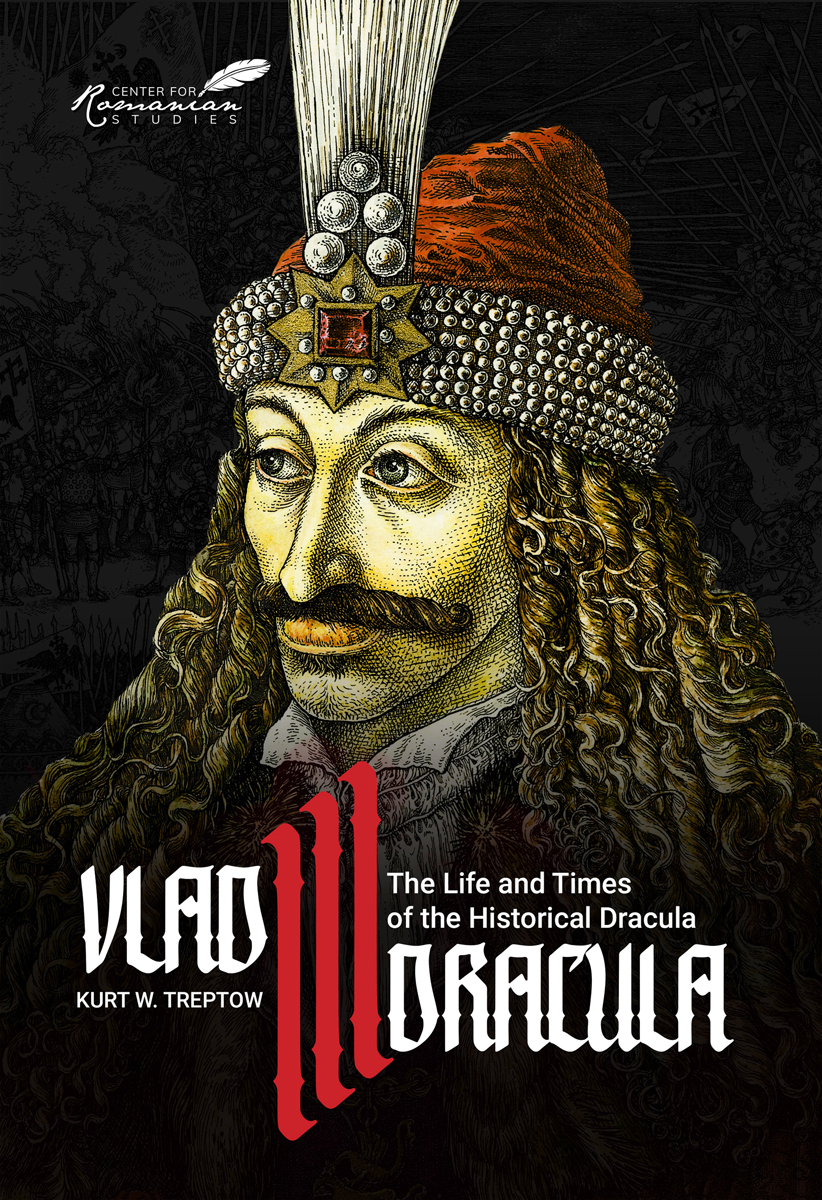
The fifteenth-century Romanian Prince Vlad III Dracula, also known as Vlad the Impaler, is among the most intriguing personalities in medieval history. This book, widely regarded as the authoritative biography of the historical Dracula, presents the life and times of this remarkable personality of medieval Europe.
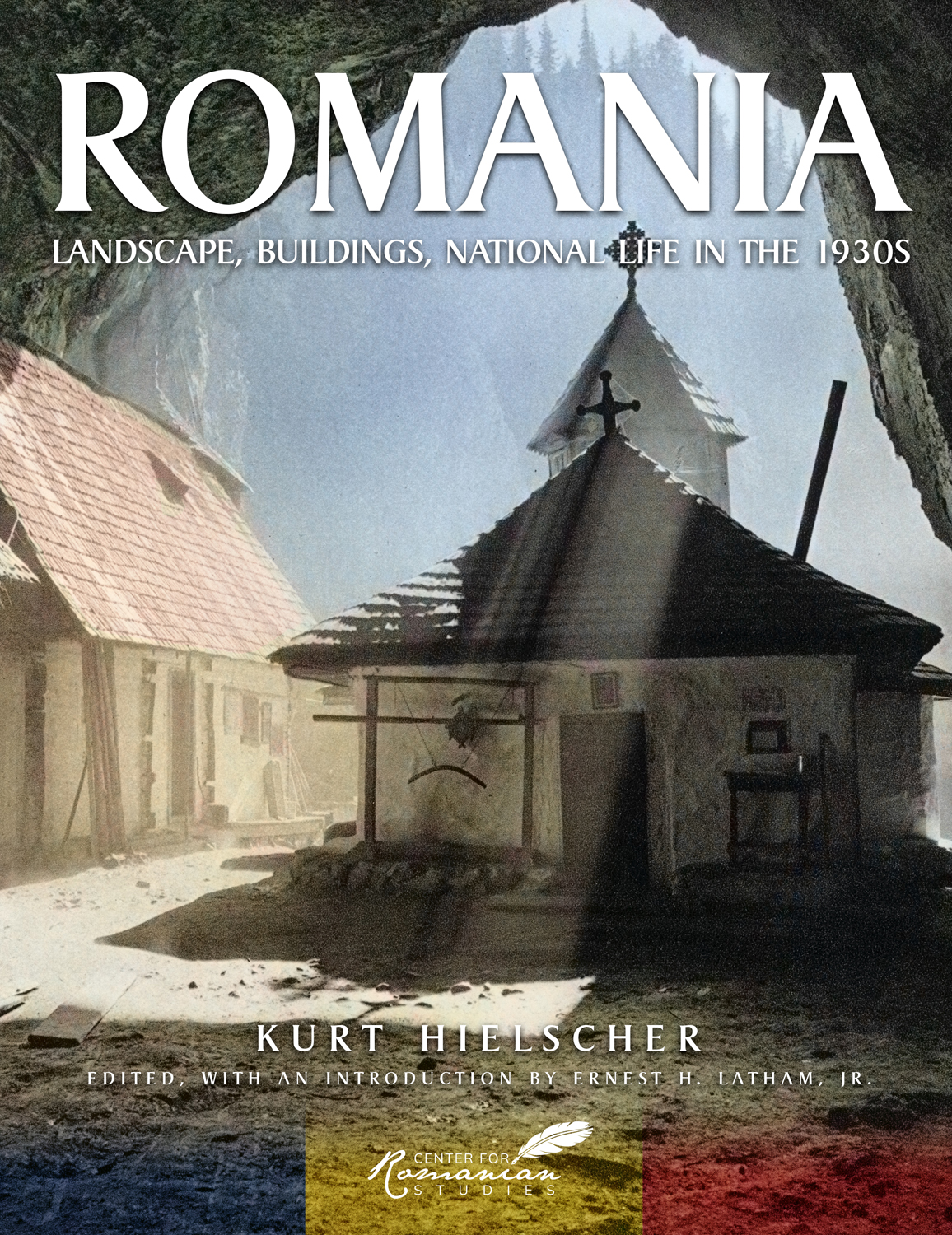
Featuring over 300 sepia photographs, Romania preserves these photographs of a bygone era now lost to history. The book includes a preface by famed Romanian poet Octavian Goga, and is edited, with an introduction by Ernest H. Latham, Jr., an acclaimed scholar of Romanian culture and history. It is a one-of-a-kind treasure for anyone interested in the history and culture of Romania.
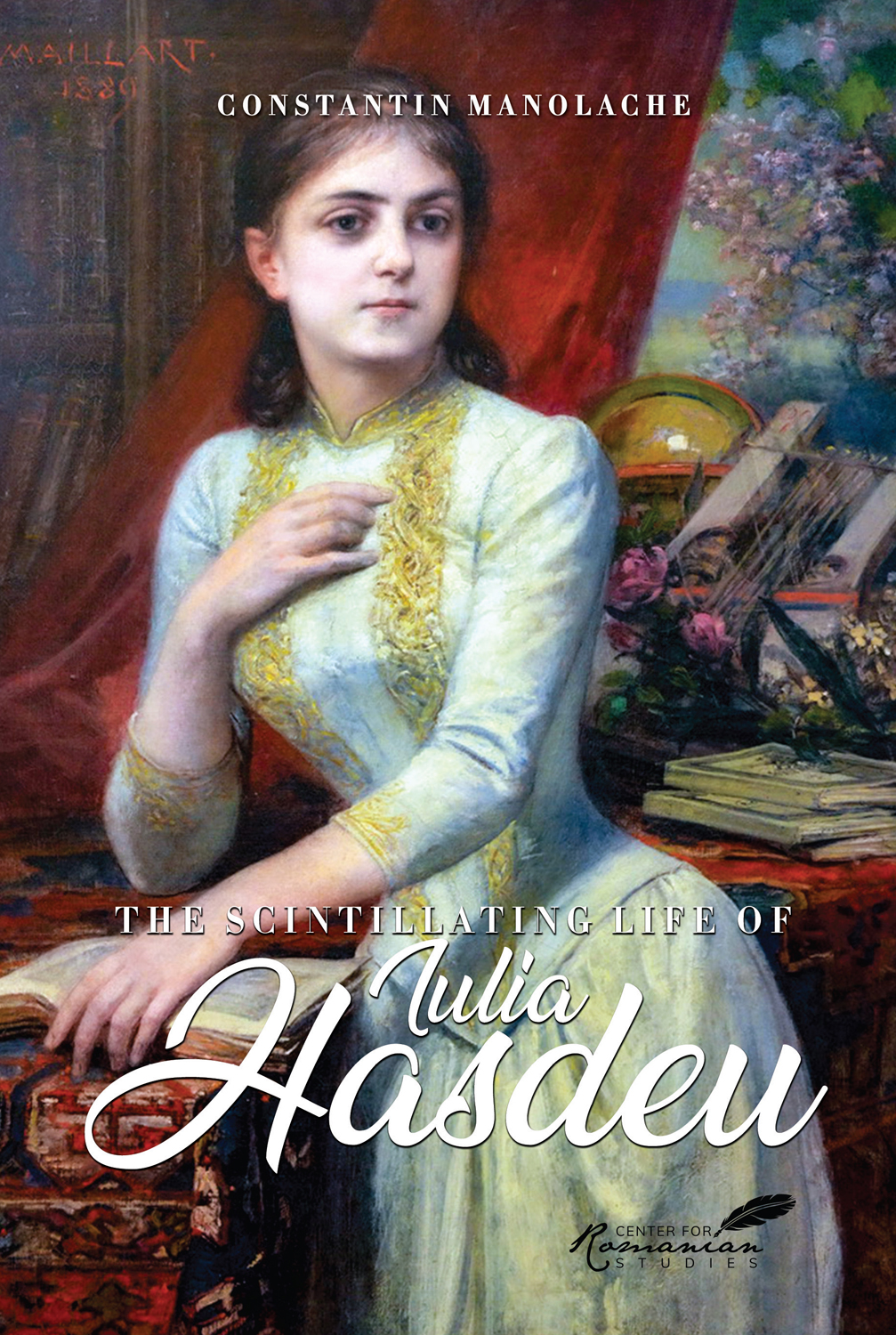
Iulia Hasdeu was the daughter of Bogdan Petriceicu Hasdeu, one of the greatest literary and political figures in modern Romanian history. During her short life, before she was ultimately taken by an incurable illness, Iulia wrote countless poems, short stories, and plays. Her drawings and her letters also survived the passing of time, allowing us a glimpse into her tragic childhood and adolescence, her emotions, and her most intimate thoughts.
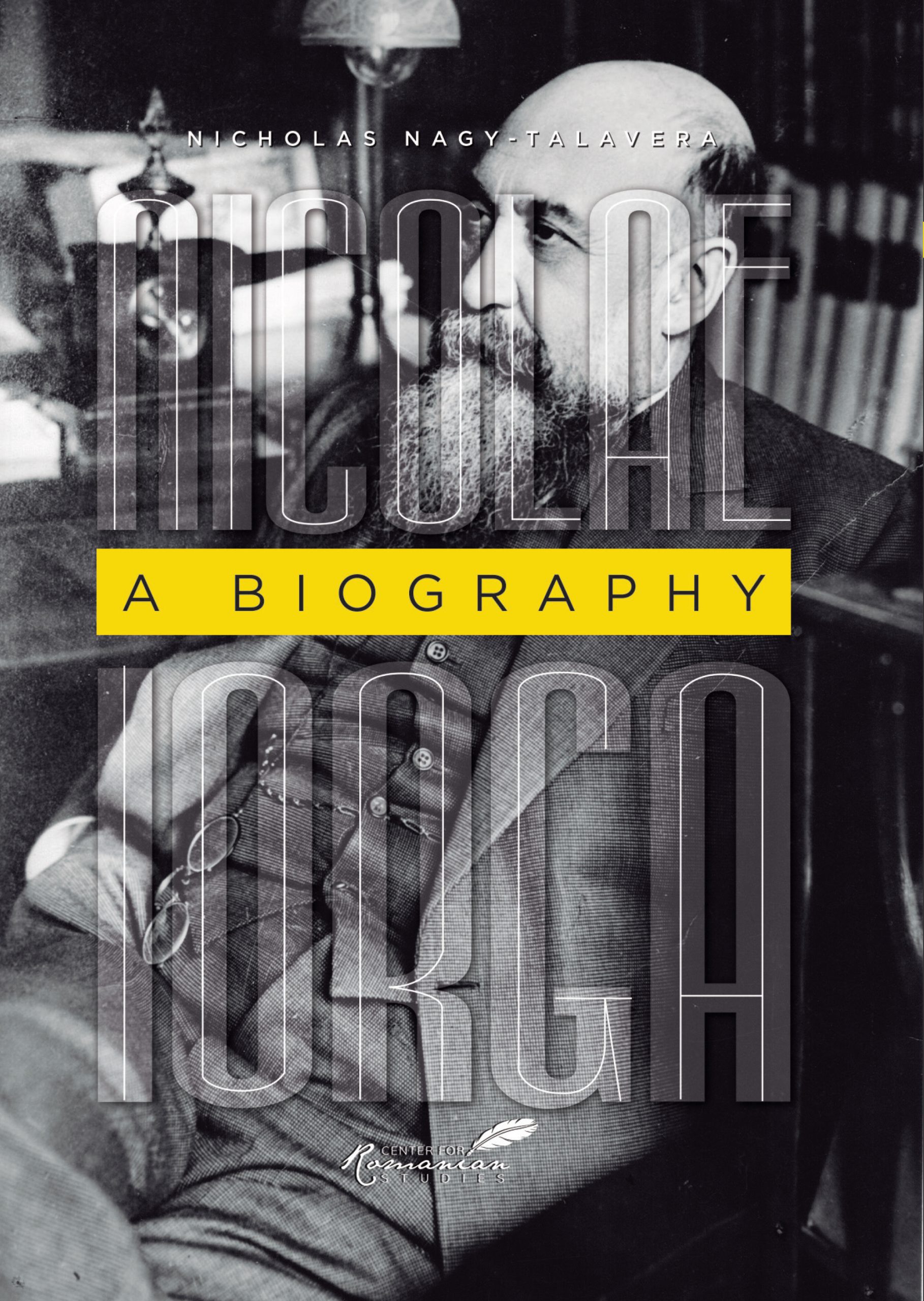
The Romanian historian Nicolae Iorga played a critical role in the history of his country for more than fifty years until his tragic death in 1940. The author of more than 1,200 books and 20,000 articles, Iorga was one of the most prolific scholars of all time. In recognition of his academic achievements, Iorga was made a member of the Romanian, French, Yugoslav, and Polish academies, and received honorary doctorates from universities around the world.
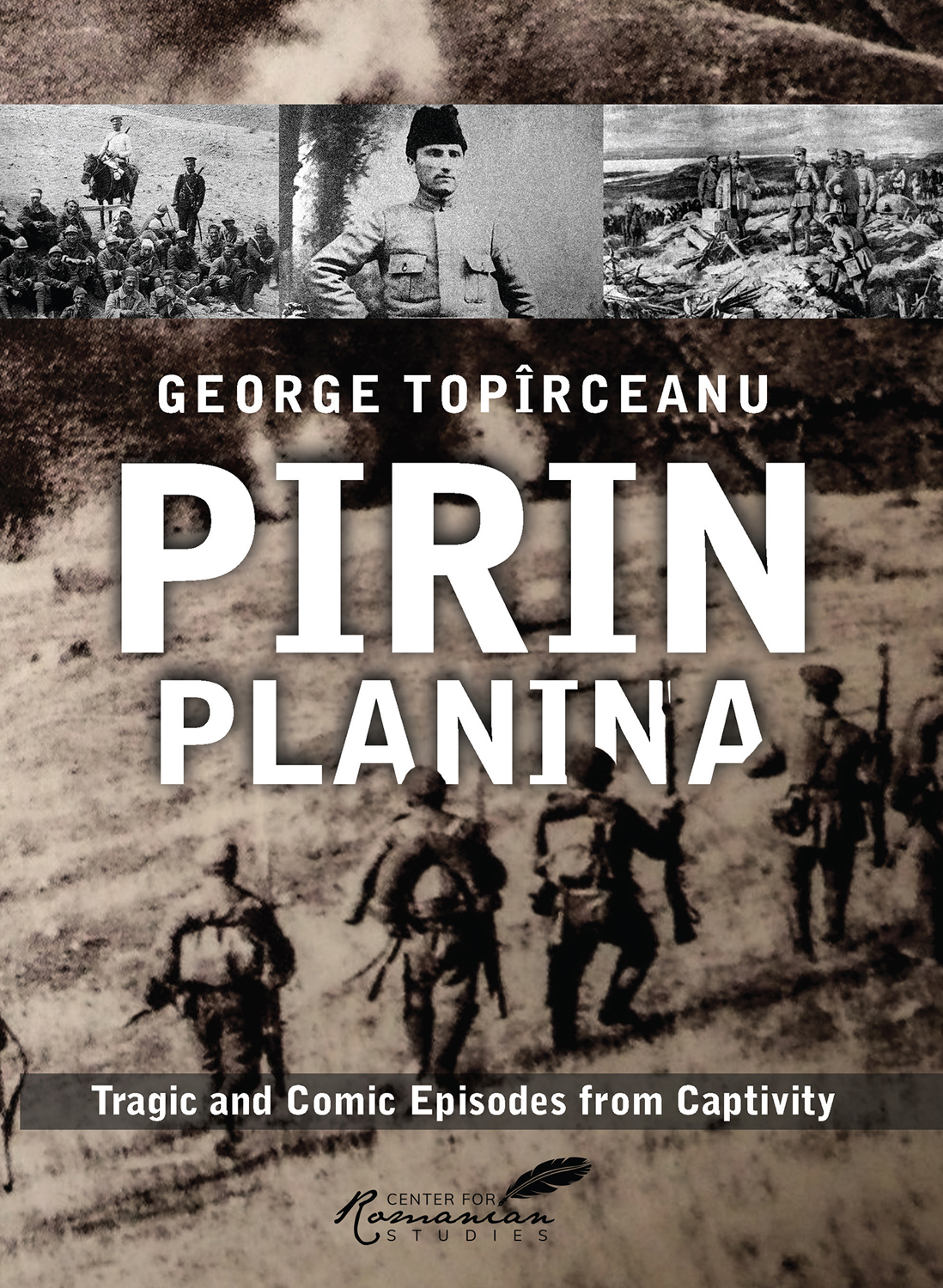
In Pirin Planina: Tragic and Comic Episodes from Captivity, Romanian poet and writer George Topîrceanu (1886-1937) described his experiences as a soldier during World War I. Despite his bleak surroundings and vivid descriptions of death and tragedy that he witnessed, Topîrceanu managed to find humor in the most unusual circumstances, making Pirin Planina a truly unique account of the War. His experiences will leave the reader perplexed.
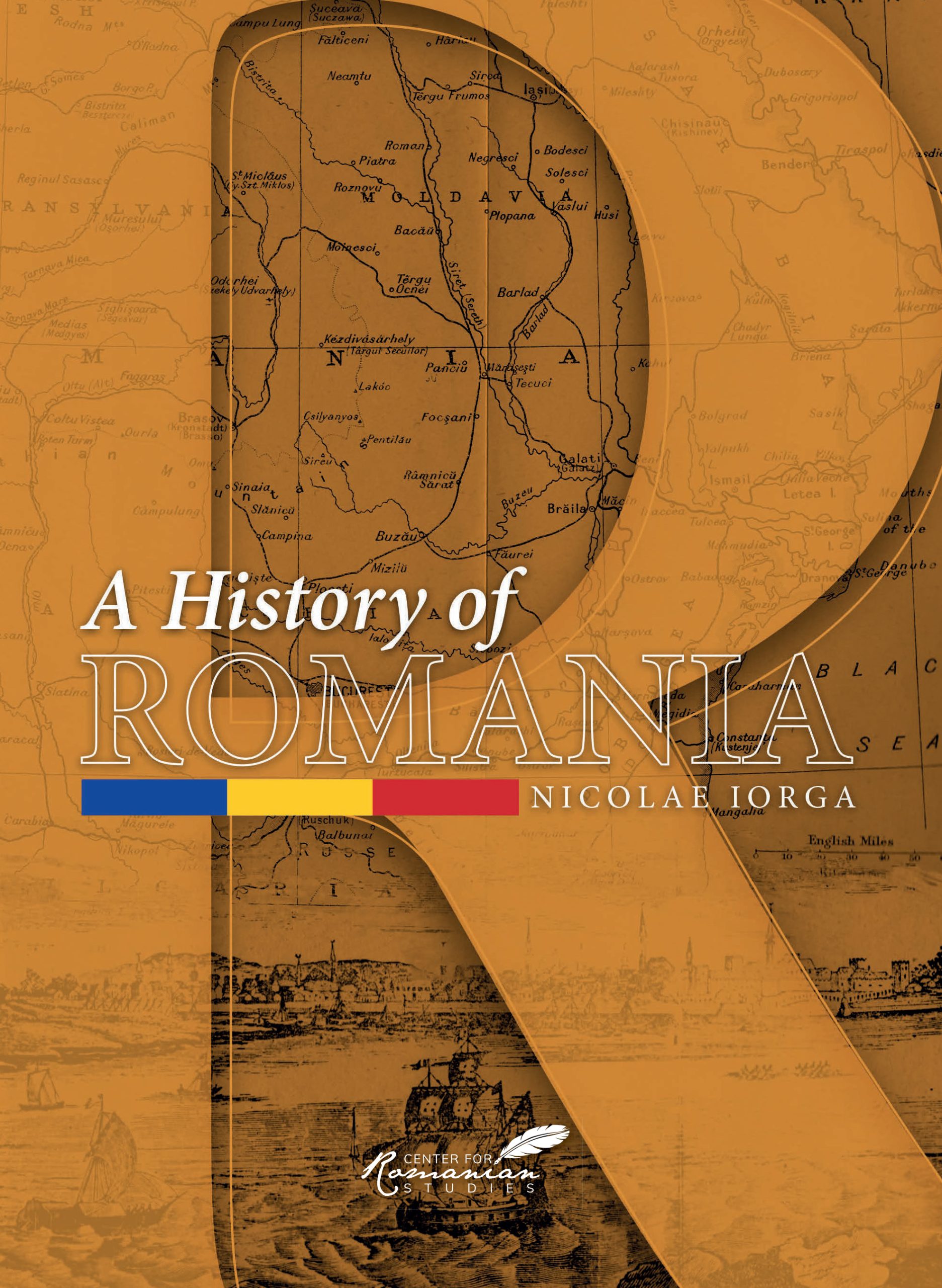
Nicolae Iorga’s A History of Romania: Land, People, Civilization is not a typical historical account of a nation’s past, reciting dates, personalities, and events. Rather, it is an intimate portrait of a land and its people written by its greatest historian. Much like Herodotus in antiquity, Iorga can be considered “the father of history” for his country; the sheer volume and scope of his work make him among the most prolific historians in all of world history. Like a true artist, he paints a portrait of Romania, bringing to life the complex history of this fascinating land. Iorga skillfully weaves together history, art, architecture, language, literature, and culture to give the reader an understanding of the fabric of Romanian society.
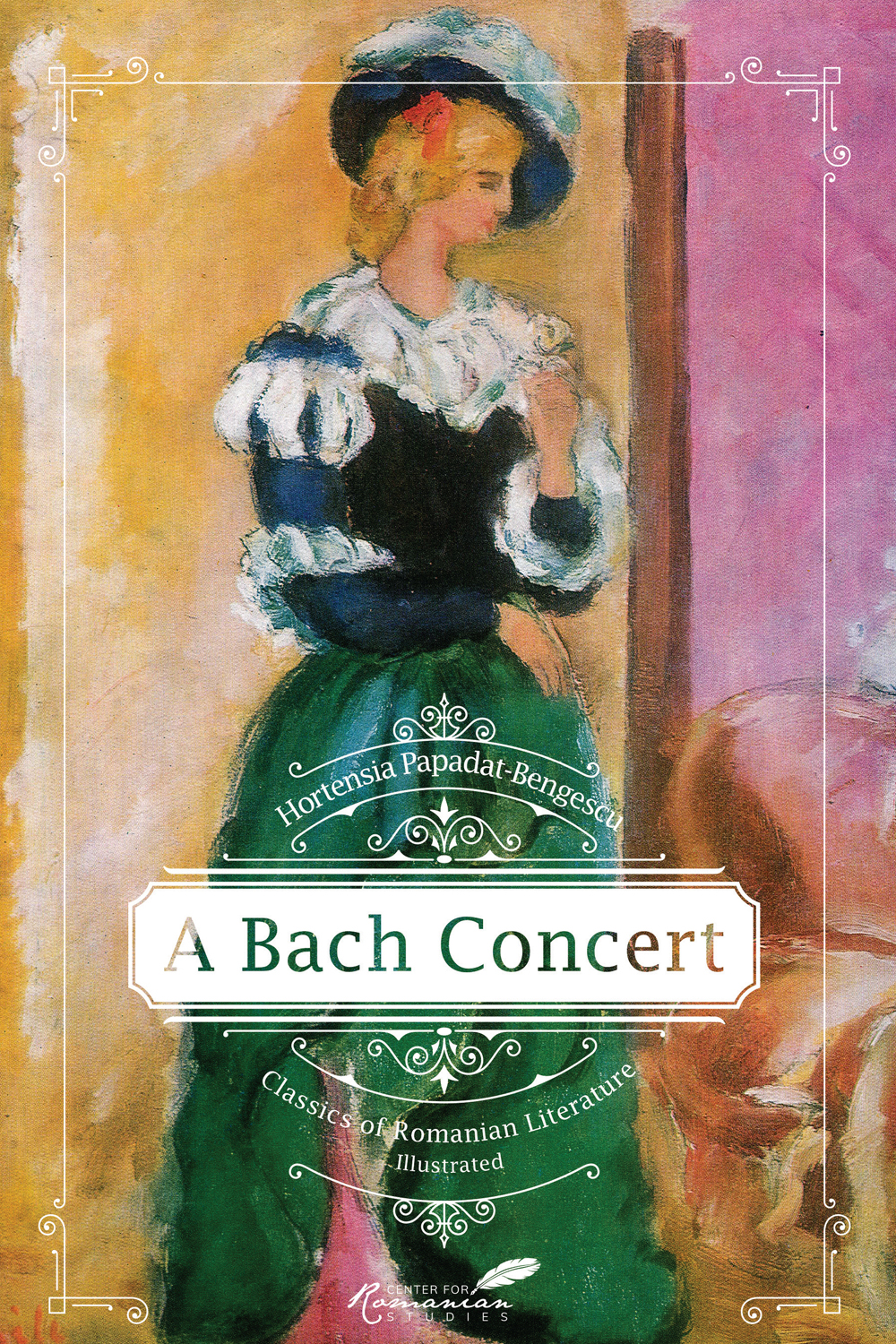
One of the first successful novels written by a female author in Romania, Hortensia Papadat-Bengescu’s A Bach Concert remains a classic work of Romanian literature. Originally published in 1927 in Romanian, the novel follows the life of the Hallipa family. The main plot revolves around a Bach concert organized by Elena Hallipa-Draganescu for the elite society of Bucharest. It’s a story of high society intrigue, family tragedy, East European urban life after World War I, and culture.
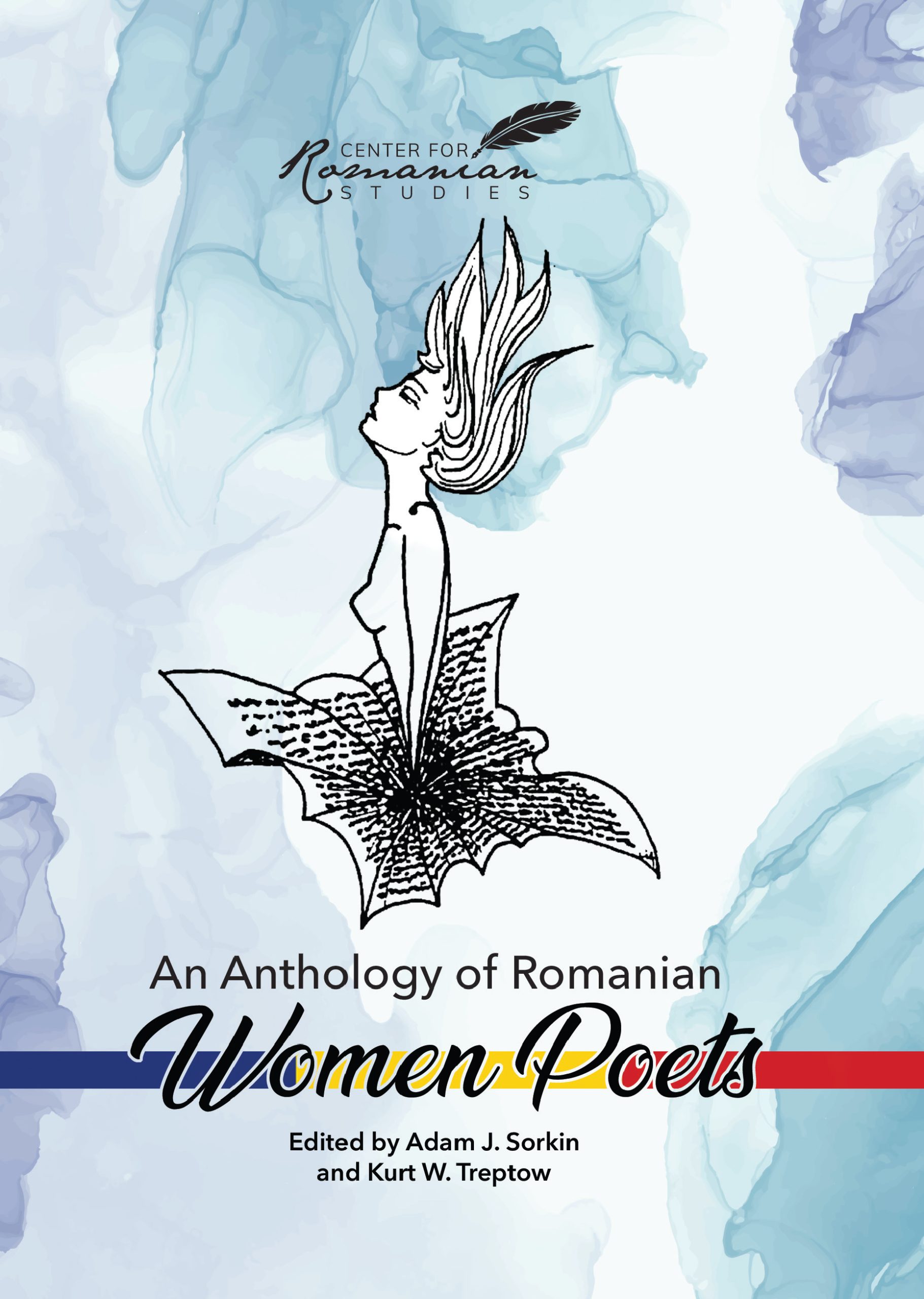
Poetry has always been an essential aspect of cultural expression in Romania. One will find few countries where poetry has been such a force both culturally and politically. This volume fills an important gap as it is the first to attempt to present systematically some of the most important Romanian women poets of the past two centuries. For too long their contribution has been under-appreciated. This anthology is an effort to correct this oversight and to make their work known to an international audience.
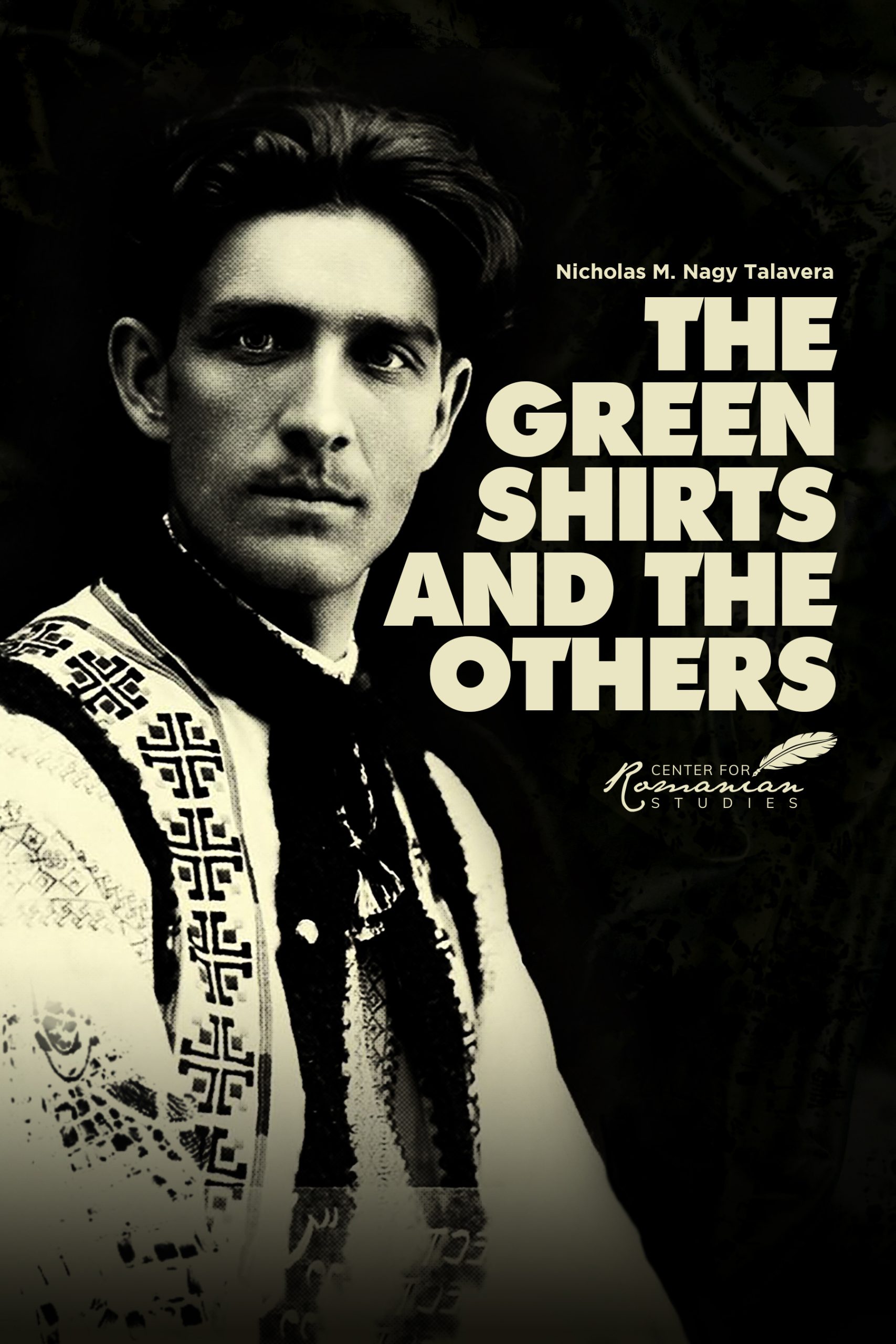
The Green Shirts and the Others is the first comprehensive and comparative work in English on the history of the fascist movements in Hungary and Romania. The author presents an objective account of the history of the two countries from 1918 to 1945 and the role of fascist movements during these years. He considers the rise of these movements, the Arrow Cross in Hungary and the Legion of the Archangel Michael in Romania. He considers their evolution and growth during the interwar period, as well as during the tragic periods in which each movement came to power in its respective country. The author then draws conclusions and parallels from the comparative history of the two movements.
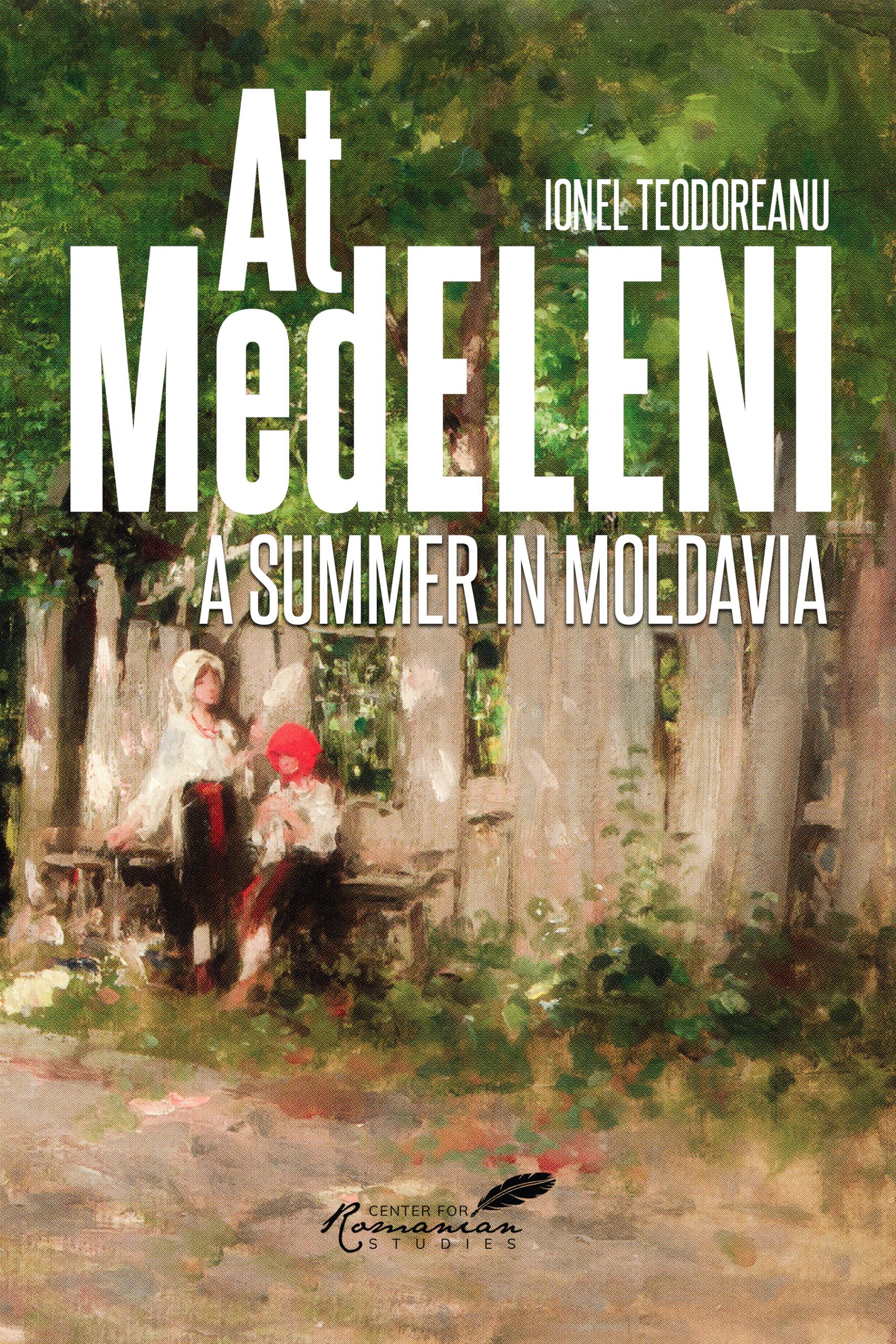
At Medeleni is classic work of Romanian literature and a wonderful novel for all ages. Ionel Teodoreanu captivates your mind and your heart and places you alongside his memorable characters: Olga, Monica, and Dan. A novel full of warmth, wit, love, and the pursuit of dreams, the story takes place during the early 20th century. It is a delightful account of brother-sister rivalry, and the life of a generally happy, easy-going family in rural Moldavia.